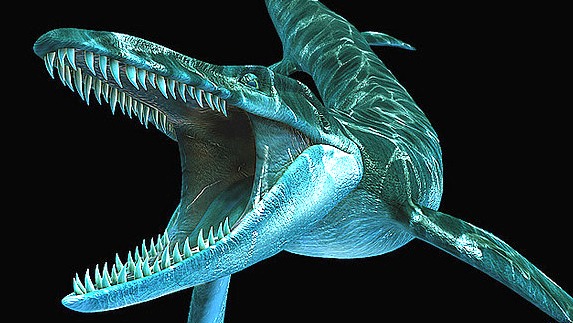Make a fantasy sea creature
Make a fantasy sea creature from clay, recycled materials, and paint. Design fins, scales, and colors while imagining ocean habitats and adaptations.



Step-by-step guide to make a fantasy sea creature
How to draw Cute Mermaid Drawing for Kids | Easy Step-by-Step Sea Creature Drawing and Coloring
Step 1
Lay out all your materials on a flat table so you can see everything and work easily.
Step 2
Imagine where your sea creature lives and choose one special adaptation it needs like speedy fins camouflage or glowing spots.
Step 3
Shape a clay body by rolling and molding the clay into the size and form you want your creature to be.
Step 4
Make fins tail or extra body parts by rolling flat pieces of clay or cutting and shaping recycled bits.
Step 5
Attach each fin or recycled part to the body by pressing gently and blending the edges with your finger or tool.
Step 6
Create scales or skin texture by pressing a tool or a patterned recycled item repeatedly onto the clay surface.
Step 7
Add eyes by pressing small clay balls or beads into the head and make a mouth or gills with a toothpick or sculpting tool.
Step 8
Place your creature on the cardboard base and arrange recycled pieces as plants rocks or coral for its habitat.
Step 9
Let the clay dry or bake it following the exact directions on the clay package so your creature becomes hard.
Step 10
Paint your creature and its habitat with base colors using brushes and water as needed.
Step 11
Let the paint dry completely before touching your creature again.
Step 12
Add final details like highlights spots tiny patterns and glue on any loose recycled decorations.
Step 13
Take a photo and share your finished fantasy sea creature on DIY.org
Final steps
You're almost there! Complete all the steps, bring your creation to life, post it, and conquer the challenge!


Help!?
What can we use if we can't find modeling clay, beads, or a cardboard base?
If you don't have modeling clay use air-dry clay or homemade salt-dough for shaping in the clay body step, swap beads for small pebbles or tightly rolled foil for the eyes in the add-eyes step, and replace the cardboard base with a stiff cereal-box panel or thin wooden board for the habitat.
My fins or recycled parts keep falling off after drying or baking—how do I fix that?
When attaching fins in the attach-each-fin step, score both surfaces, add a little water or clay slip, blend the edges firmly with your finger or a tool, and for air-dry clay push a toothpick or thin wire into the joint as an internal anchor before drying.
How can I change the activity for different ages so it's safe and fun for everyone?
For preschoolers simplify steps 3–6 by giving pre-rolled bodies, large recycled shapes, and stickers for eyes instead of beads, while older kids can add wire armatures, intricate texture tools during the scale-texture step, and use polymer clay with careful baking in the drying/bake step for durability.
What are some ways to enhance or personalize our fantasy sea creature after painting?
After painting in the paint-your-creature step, glue tiny LED lights into glowing spots powered by a coin-cell on the cardboard base, varnish with clear sealer for shine, and add a handwritten habitat card describing its special adaptation and pretend behavior.
Watch videos on how to make a fantasy sea creature
How to Create Creatures with Scribbles (Fun Drawing Exercise)
Facts about ocean habitats and adaptations
♻️ Upcycling trash into art helps keep plastic out of oceans and teaches creative reuse.
🐠 Fish fins, scales, and colors often evolve for camouflage, speed, mate attraction, or warning signals.
🎨 Many artists combine clay with recycled bits like bottle caps, wire, or fabric to make mixed-material sculptures.
🐙 Octopuses have three hearts and can change color and texture to camouflage or communicate.
🌊 Scientists estimate we've explored only about 5% of the ocean — plenty of space for imaginary sea creatures!
How do I make a fantasy sea creature from clay and recycled materials with my child?
What materials do I need to make a fantasy sea creature craft?
What ages is this fantasy sea creature activity suitable for?
What are the benefits of making fantasy sea creatures with kids?


One subscription, many ways to play and learn.
Only $6.99 after trial. No credit card required



